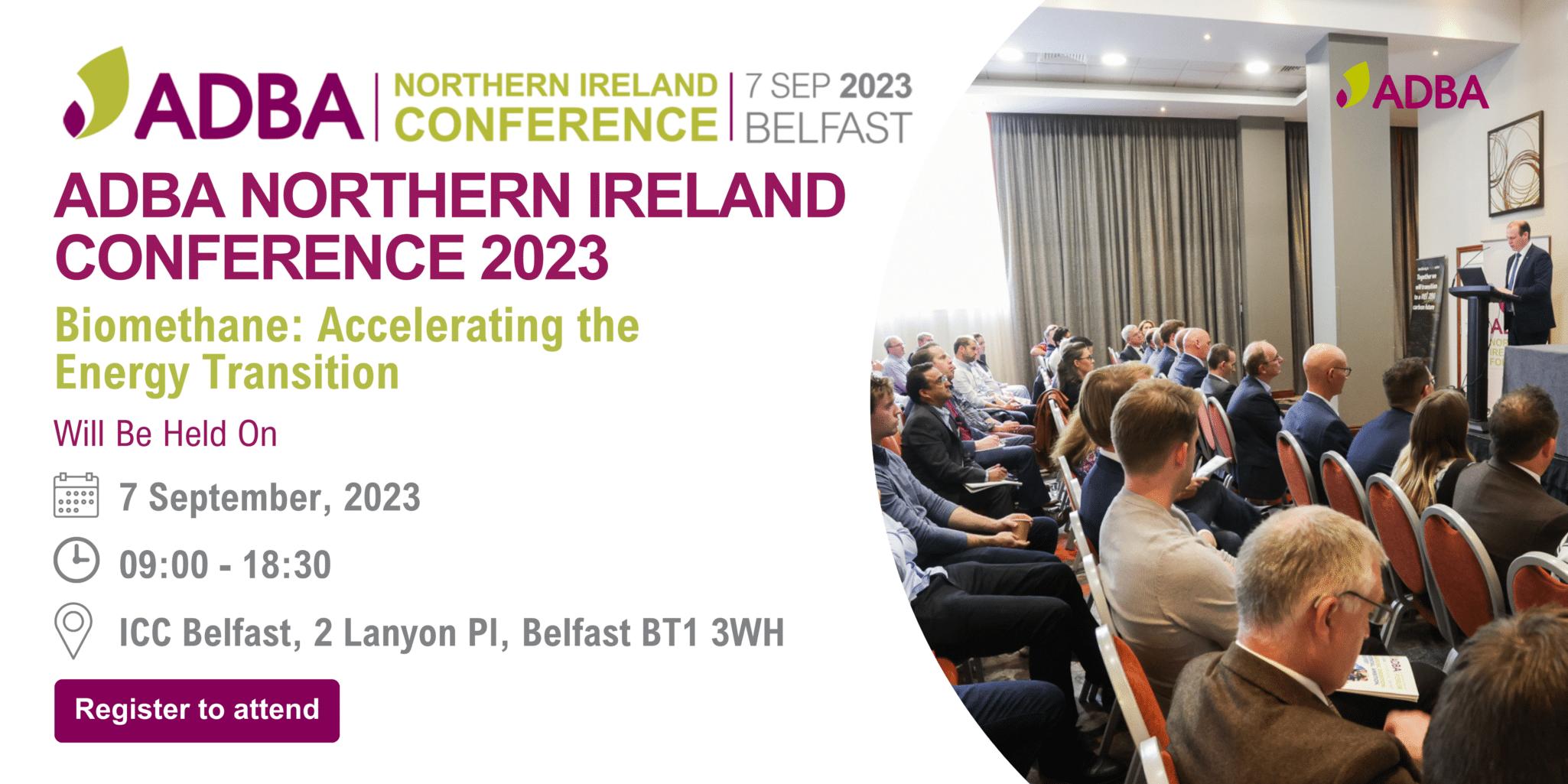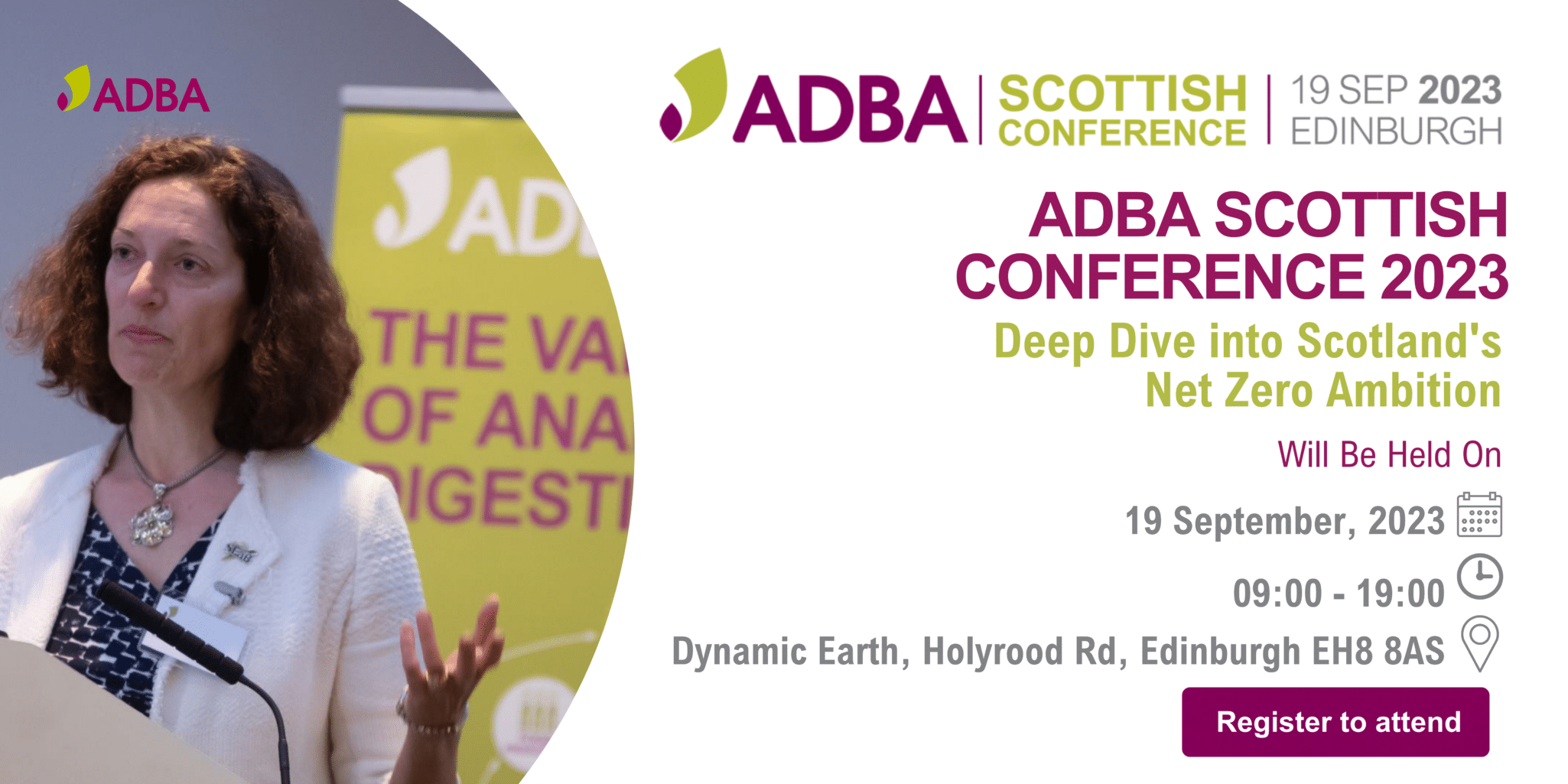On 15 March 2024, ADBA submitted its formal response to the Scottish Government's consultation on…
Anaerobic digestion: fuelling the way to greener, smarter cities
The concept of a ‘smart city’ is often taken to mean cutting-edge digital technology, but it is just as important that planners and architects embed circular economic models at the heart of our future city designs. As well as supporting a sustainable portfolio of urban renewable energy technologies, cities need to consider how they can better incorporate refuse and recycling facilities into dense population spaces, and how segregated waste collection services can be improved. As well as overcoming barriers to changing recycling behaviour, such as odour and pest concerns, and introducing efficient compartmentalised waste collection vehicles, planners will need to assess how best to manage the resources produced from waste treatment processes.
Anaerobic digestion (AD) has been highlighted as one of the top ten vital renewable technologies for smart cities in a Green Investment Bank report, ten ways to modernise and improve UK urban infrastructure, published in March. As one of the few circular economy technologies already functioning, AD will be a vital recycling and renewable energy technology to underpin the cities of the future – and there are opportunities for the UK to take a leading role in resource-efficient urban design.
In terms of energy, the nation is also facing a turning point where billions of pounds of investment needs to be made in the UK’s energy infrastructure for diverse sources of energy. Since funding is finite, our cities will need to be forward thinking and move towards a renewable economy rather than one based mainly on fossil fuels. Moving to greener energy can also have enormous air quality – and therefore health – benefits: replacing diesel fuel with biomethane gas from AD cuts particulate matter emissions by over 97%.
AD also plays a vital ‘closed loop’ role in food production, by returning the nutrients in food that we cannot eat to land. As such it is at the heart of the circular economy, and one of the best and only examples of the circular economy already working in practice. As such it presents an excellent case study to use to explain to consumers and businesses what the circular economy means, and how it benefits them. Future urban design will, however, require planners to balance the need to minimise waste while maximising energy and nutrient recovery, against severe space limitations. Efficient, high quality recycling services will therefore be vital.
This vision of the future is ready to be realised now. As Shaun Kingsbury, Chief Executive of the UK Green Investment Bank, notes in the report:
Each of the technologies we profile in this report is tried and tested and available to be deployed, at scale, right across the UK, straight away. Taken together they represent an investment opportunity in excess of £25bn over the next five years alone.
With sustained support and growth, AD could generate around 40 terawatt hours (TWh) of energy across the country, equivalent to over 10 per cent of the UK’s domestic gas demand: creating 35,000 green jobs; contributing around £3 billion to the UK economy; producing biofertiliser with nutrients worth £200 million; improving the UK’s energy and food security; and reducing the UK’s total greenhouse gas emissions by over 2 per cent.
As the UK population continues to rise, economic growth can only be sustainable if we better manage our resources, cut carbon emissions and invest in our ageing infrastructure. By offering closed-loop recycling for the essential nutrients in our food waste, baseload renewable energy, and ultra-low carbon transport fuel that dramatically improves air quality – AD can play a pivotal role in supporting greener, smarter cities. As it evolves, our industry also has the potential to deliver new high-value products such as biochemicals and bioplastics.



